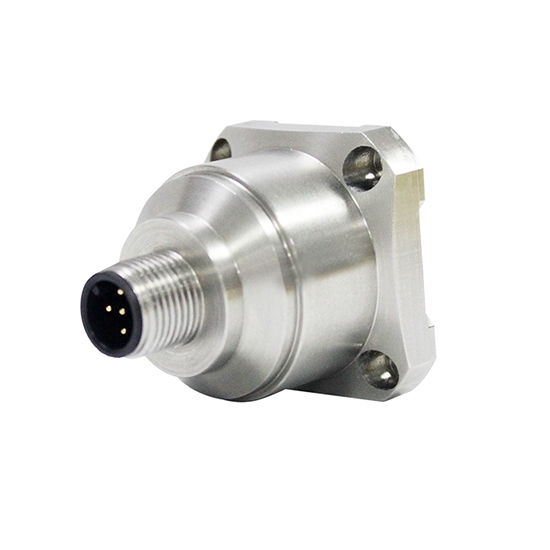
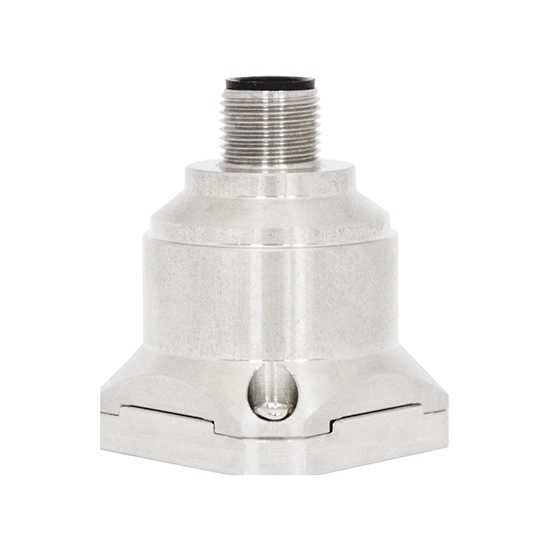
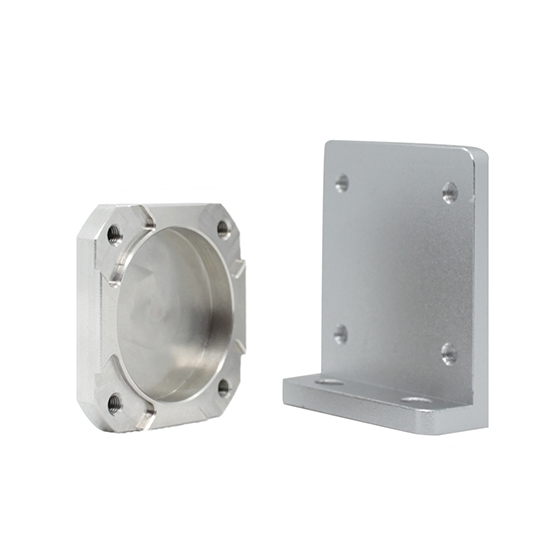
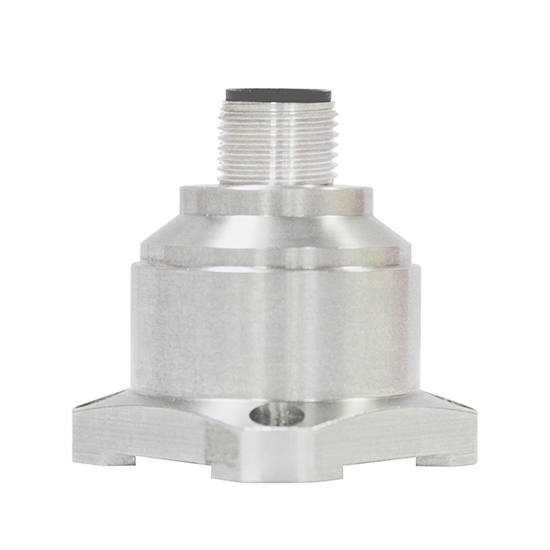
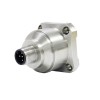
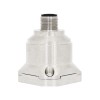
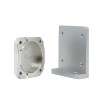
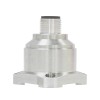
- Stock: In Stock
- Model: RDDLZ-AS-AKF398
- Weight: 1.00
- SKU: RDDLZ-AS-AKF398
Available Options
Lower cost 3-axis accelerometer sensor with 21μg/ Hz or 86.6μg/ Hz noise density, MIL-HDBK-217, Grade 2 reliability. It offers low power consumption which has been calibrated, and a solid structure and stable output.
Parameters
| Model | RDDLZ-AKF398 | |||||
| Measuring Range | ±2g | ±4g | ±8g | ±10g | ±20g | ±40g |
| Sensitivity | 4±10% (mA/g) | 2±10% (mA/g) | 1±10% (mA/g) | 0.8±10% (mA/g) | 0.4±10% (mA/g) | 0.2±10% (mA/g) |
| Lateral Vibration Sensitivity Ratio | 1% | 1% | 2% | 5% | 5% | 5% |
| Nonlinearity | <0.5% FS (highest) | <0.5% FS (highest) | <0.8% FS (highest) | <1% FS (highest) | <1% FS (highest) | <1% FS (highest) |
| Deviation Temperature Coefficient | 0.01%/°C (Typical value) | 0.01%/°C (Typical value) | 0.01%/°C (Typical value) | 0.05%/°C (Typical value) | 0.05%/°C (Typical value) | 0.05%/°C (Typical value) |
| Cross-axis Sensitivity | 1% | 1% | 1% | 2% | 2% | 2% |
| Resonance Frequency | 2.4kHz | 2.4kHz | 2.4kHz | 5.5kHz | 5.5kHz | 5.5kHz |
| Noise Density | 21μg/Hz | 21μg/Hz | 21μg/Hz | 86.6μg/Hz | 86.6μg/Hz | 86.6μg/Hz |
| 0g Output 12mA | <0.005 | <0.005 | <0.005 | <0.003 | <0.003 | <0.003 |
| Deviation Calibration | <1mg | |||||
| Measuring Axis | X, Y, Z | |||||
| Up/ off Power Repeatablity | <2mg (highest) | |||||
| Resolution/ Threshold | <1 @1Hz (mg) (highest) | |||||
| Frequency Response | 500Hz | |||||
| Bandwidth | 1000 (3Db) (Hz) | |||||
| Output Current | 4-20mA | |||||
| Reliability | MIL-HDBK-217, Grade 2 | |||||
| Shock Resistance | 100g@11ms, Triaxial And Identical (Half Sine Wave) | |||||
| Recovery Time | <1ms (1000g, 1/2 Sin 1ms, Shock Acting On The i Axis) | |||||
| Vibration | 20g Rms, 20-2000Hz (Random Noise, o, p, i Per Axis For Action 30 Minutes) | |||||
| Input | 9-36 VDC (Vdd_Vss) | |||||
| Running Current Consumption | <60mA @ 12 VDC | |||||
| Connector | Industrial standard M12 connector | |||||
| Weight | 73.5g | |||||
| Dimension | 34.3*34.3*38.5mm | |||||
| Certificate | CE | |||||
| Warranty | 12 months | |||||
Dimension (unit: mm)
Details
Dimension of Mounting Fittings (unit: mm)
Electrical Connection
Applications
Tips: Selection Guide of Triaxial Accelerometer Sensor
Sensitivity
Generally speaking, the more sensitive the better. The more sensitive the sensor is more sensitive to changes in acceleration within a certain range, and the greater the change in output voltage, which makes it easier to measure and obtain more accurate measurement values. The minimum acceleration measurement value is also called the minimum resolution. Taking into account the noise problem of the post-amplification circuit, it should be as far away as possible from the minimum available value to ensure the best signal-to-noise ratio. The maximum measurement limit should consider the non-linear influence of the accelerometer itself and the maximum output voltage of the subsequent instrument. The estimation method is: the maximum measured acceleration × the charge/voltage sensitivity of the sensor.
Whether the above value exceeds the maximum input charge/voltage value of the supporting instrument, it is recommended that if the measured acceleration range is known, it can be selected in the "reference range range" in the sensor index (taking into account the frequency response and weight). At the same time, in the frequency response and weight If allowed, the sensitivity can be considered higher to increase the input signal of subsequent instruments and improve the signal-to-noise ratio.
